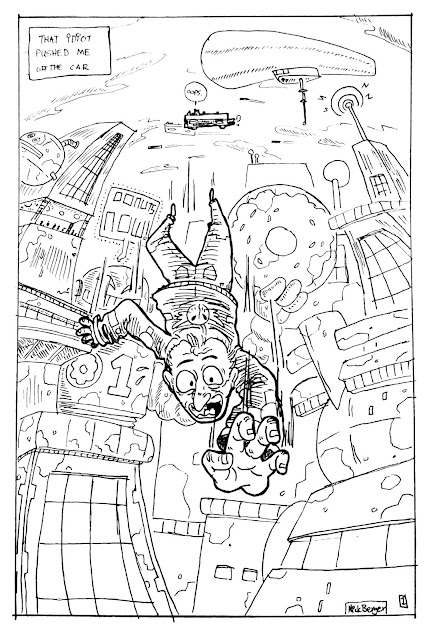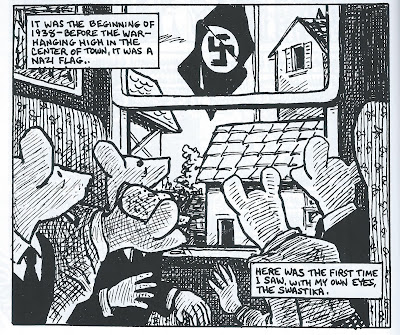Week 10: Introduction to Manga

This week I read some Astro Boy by Osamu Tezuka, the first six chapters of Uzumaki by Junji Ito, and the first volume of Ranma 1/2 by Takahashi Rumiko. I've read some manga before, but not much, so I wanted to get a diverse selection of classics to expand my palate. Reading an earlier manga like Astro Boy (1952) is interesting because there are so many similarities between it and western comics. It's a well-known fact that Tezuka was heavily influenced by Disney and it really shows. His character designs share many traits with Disney cartoons and comics, such as their exaggerated and rounded features. They tend to have over the top expressions and shorter/fatter characters tend to stand bow-legged. Nowhere is the influence more apparent than in the way Tezuka draws eyes. A lot of the time, especially in earlier stories, the characters' eyes look like they were drawn by Walt Disney himself. In addition to the Disney influence, Astro Boy tends to have a lot more...



